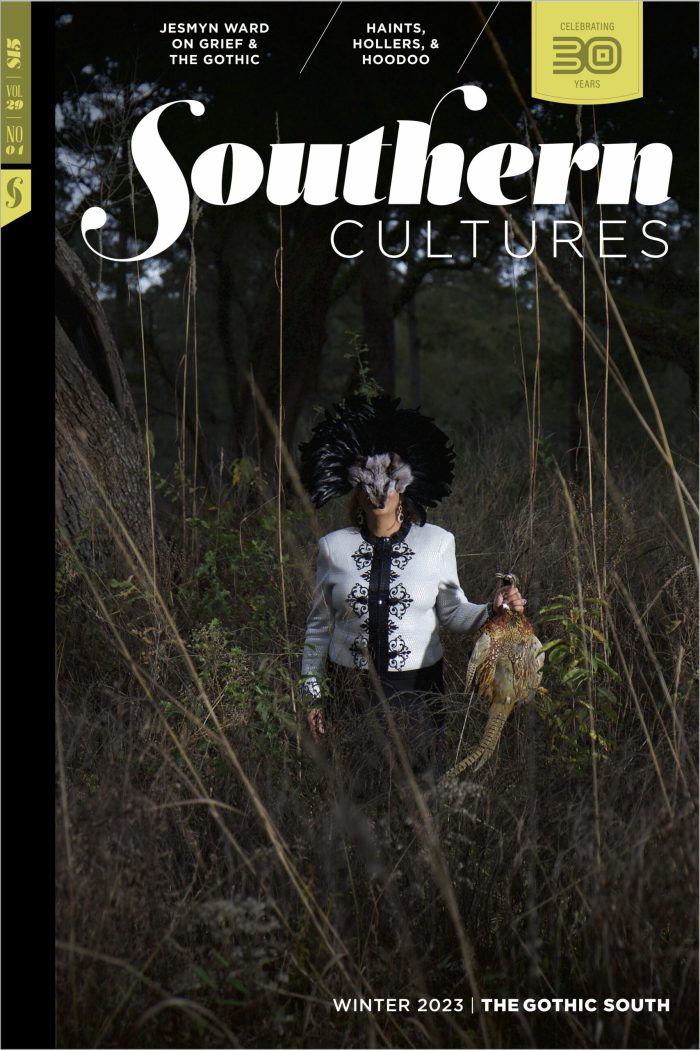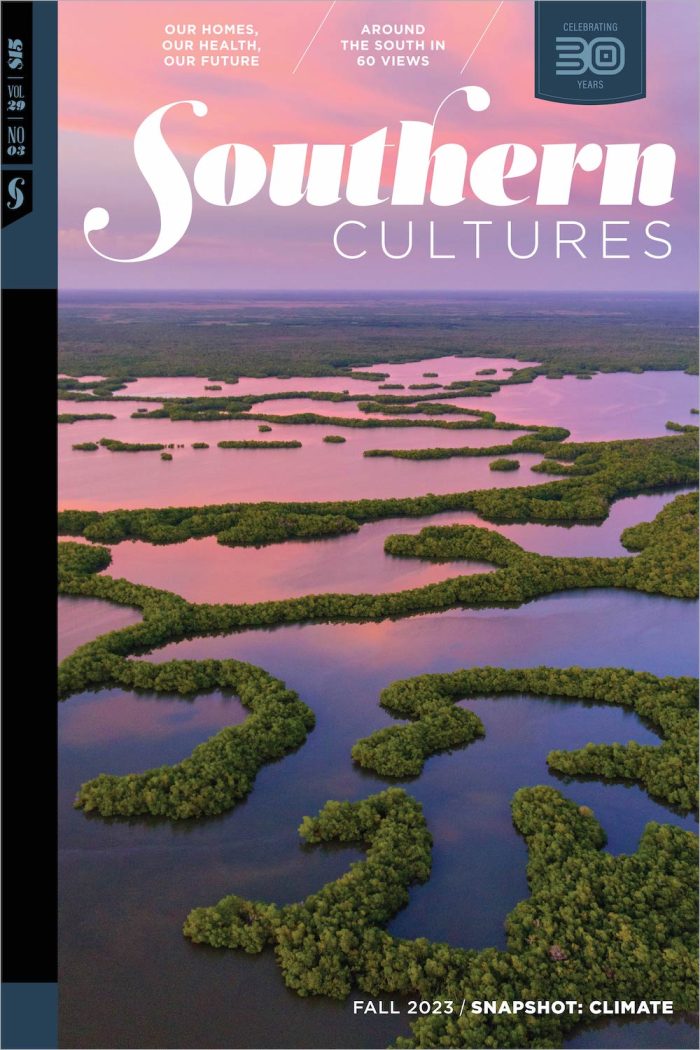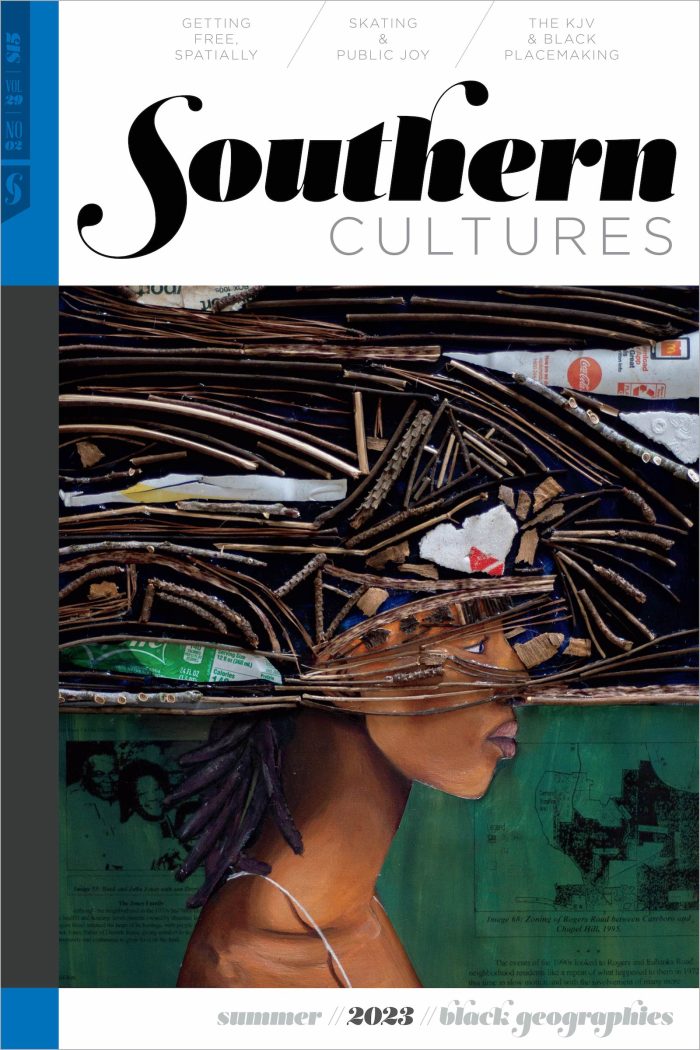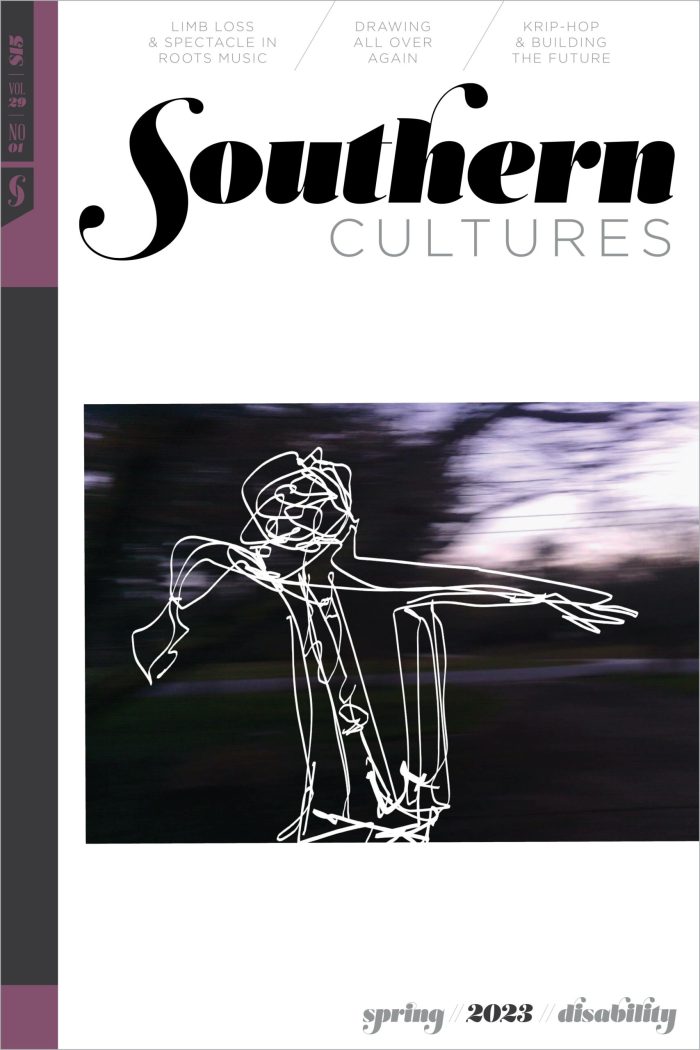BUY ACCESS
by J. M. M. Harrison
When compiling our “Letters to the Editors” we typically go leafing through the previous few weeks’ worth of mail to find the best to print for our audience. We begin filled with hope and good will. Usually, we look first for those notes that have been signed and addressed, if for no other reason than »
BUY ACCESS
by Harry L. Watson
There was once a time when every southerner had a Confederate childhood. This was a circular truism in part, because white folks were inclined to think of themselves as the only real southerners and they usually dismissed non-Confederates as too trifling or disgraceful to think about. Generations of white children grew up on legends of »
BUY ACCESS
by Doris Betts
These days most American teenagers have traveled in Europe, but I still haven’t crossed an ocean. I was already middle-aged before I got more than one or two states away from home. Then my family and I crossed the country so we could ride through the Grand Canyon on the Colorado River in a rubber »
BUY ACCESS
Refighting the Civil War
by Louis D. Rubin
Reading Tony Horwitz’s Confederates in the Attic: Dispatches from the Unfinished Civil War, with its account of the vicissitudes of the battlefield reenactments and reenactors of the long-ago war, causes me to confront the fact of my own Confederate past. Although I never affected authentic battle garb, dine on rancid bacon and parched corn, or »
BUY ACCESS
by Anthony Walton
I was born August 27, 1960, in Saint Joseph’s Hospital, a diocesan Catholic institution in Aurora, Illinois, where my mother was employed as a nurse’s aide and therefore acquainted with most of the personnel, including a couple of dozen priests and nuns. This fact is noteworthy because it indicates that I was fussed and prayed »
BUY ACCESS
by Franklin Forts
Bragg Bowlin and I are talking as we sit in the living room of his home, a 1920s-era row house two blocks from the famous Monument Avenue historic district in Richmond, Virginia. The room is furnished in dark mahogany and cherry, with impressive overstuffed chairs and sofa. Antique lamps and rugs join with the heavy »
BUY ACCESS
by John Shelton Reed
In April of 2001, 750, 000 Mississippians went to the polls to decide whether to charge their state flag. The old flag, adopted in 1894, prominently incorporates the Confederate battle flag, and a committee set up by the governor had proposed to replace it with a pattern of twenty stars on a blue field. The »
BUY ACCESS
by Cathy Smith Bowers
My husband callsfrom his month-long trip to Californiastill nursing the angerhe left me holding like a small childin the dwindling window of the airport
BUY ACCESS
by Melton A. McLaurin
University of Virginia Press, 2001. (Originally published by Morrow, 1962.) In 1950 Sarah Patton Boyle was a typical, perhaps the quintessential, member of Virginia’s white elite, convinced that the first families of Virginia, to which she belonged, were composed of the nation’s finest and most noble. She was the descendant of English and Scottish nobility, »
BUY ACCESS
by William Stott
University of North Carolina Press, 2001 What does it mean to have a sense of place? Is it to walk the land, to recognize the particular pungency of a marsh? Is it to know the plants and fish and birds that are native to a place? Surely such personal experience and knowledge are part of »
BUY ACCESS
by Bruce E. Baker
The Belknap Press of Harvard University Press, 2001 America has an inexhaustible store of anecdotes about the Civil War, but here’s one that never made it into the nation’s collective memory. In May 1865 African American troops marched toward Smithfield, North Carolina. When they came to the Neuse River at the edge of town, they »
BUY ACCESS
by Hunter James
Blackwell Ink, Inc., 2000 Nowadays, way too many of society’s “victims” are more poseurs. Not Ralph W. Johnson, who was at once victim and beneficiary of possibly the most eccentric practice ever to take root in the Jim Crow era. What a curious tale! For Ralph Johnson was a Black man who spent his entire »





